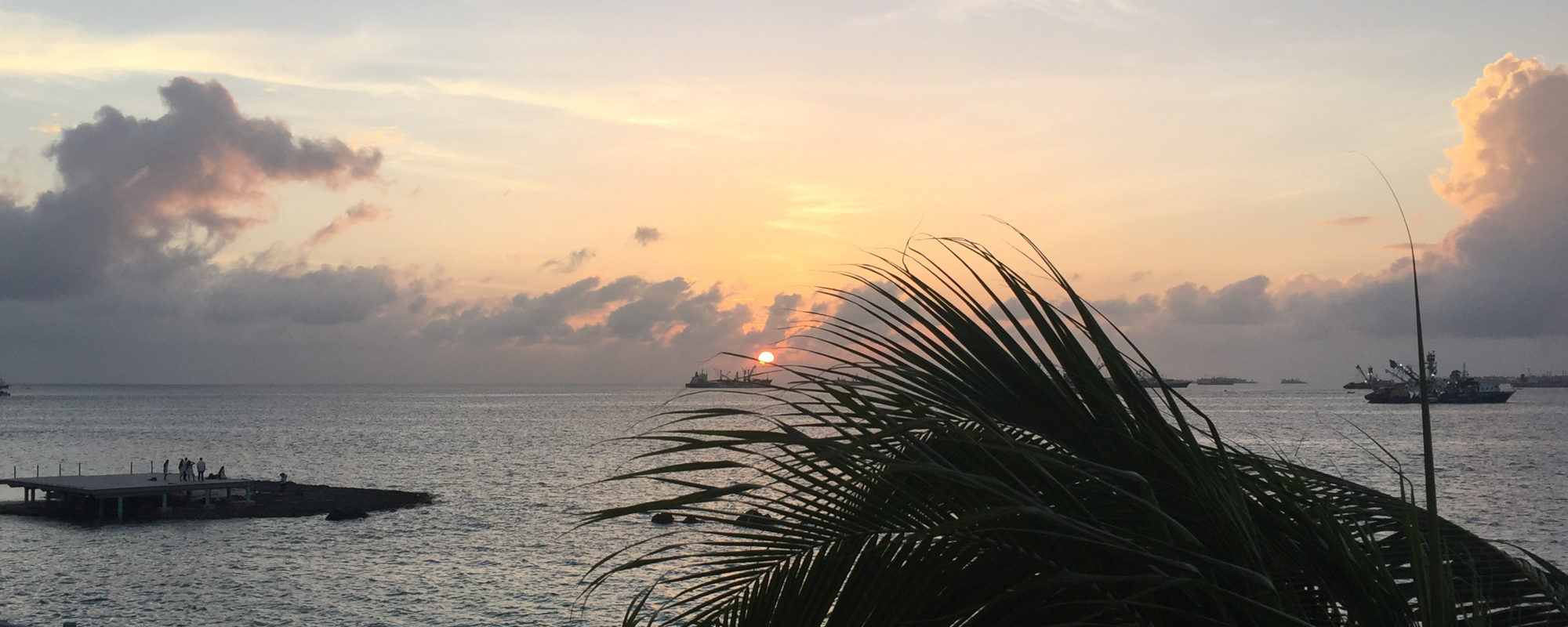The first Spanish (and European, for that matter) contact with the Marshall Islands came in 1525 when Alonso de Salazar halted his travels in the Pacific en route to Guam. Little is known regarding his travels in the Marshall Islands other than that he named the island “San Bartolome.” The first stories of interaction between the local Marshallese and the Spanish came in 1529 when Alvaro de Saavedra Ceron arrived from Mexico on his way to the Philippines. Locals sailed out to Saavedra’s ship, however, Saavedra did not lower his sails. As a result, the Marshallese threw rocks at his boat. Saavedra returned the favor by firing a musket, hoping to scare the local Marshallese. Cooler heads later prevailed, the Spanish handed out gifts, and the local Marshallese welcomed the Spanish with songs and drumming. Saavedra stayed for eight days while recovering from an illness, however, he died two weeks later after leaving the islands.
The most famous instance of Spanish interaction with the Marshall Islands came by Lope Martin. In 1566, Martin piloted the San Lucas, although, he was not the captain of the four ship fleet. Martin abandoned the other three ships in his fleet, traveling from Mexico to the Philippines, most likely with the intention of raiding other merchant ships in the Pacific. Martin sailed much farther south in the hopes of avoiding the other three ships and encountered the Marshall Islands, despite their not being on any maps they consulted. They are believed to have docked at Kwajalein, which Martin called Dos Vecinos, or “Two Neighbors Island.” They met locals, exchanged small gifts and stayed for a less than a day. Soon after arriving on shore, they saw many islanders armed with clubs, spears, and slingshots. The Spanish crew left soon thereafter, and continued on to the Philippines and later back to the Americas, making it the first ship to sail across the Pacific and back again and established the trans-Pacific trade route. The Spanish ships sailed these routes for 200 years afterwards
Later in 1566, Martin was asked to navigate another voyage to the Philippines on the San Jacinto. Shortly after their voyage began, Martin led a mutiny against the captain, killing him and placing himself in his place. Once again, on their way to the Philippines, he passed several atolls in the Marshall Islands and decided to stop after nearly crashing on one of the reefs. This time, the interaction with the islanders was far more friendly as they were treated to local songs and dances. The crew stayed for two weeks as they rested and refueled. However, the crew broke out in an argument and as a result, a number of sailors took control of the San Jacinto, and abandoned Lope Martin and 26 other crew members. Their fate is unknown.
After that, the Spanish changed their trade route so that they would pass far north of the Marshall Islands and, thus, avoid the coral reefs that wreaked havoc on their ships. For the next two centuries, there are no written accounts of any interactions between Europeans and the Marshallese.
